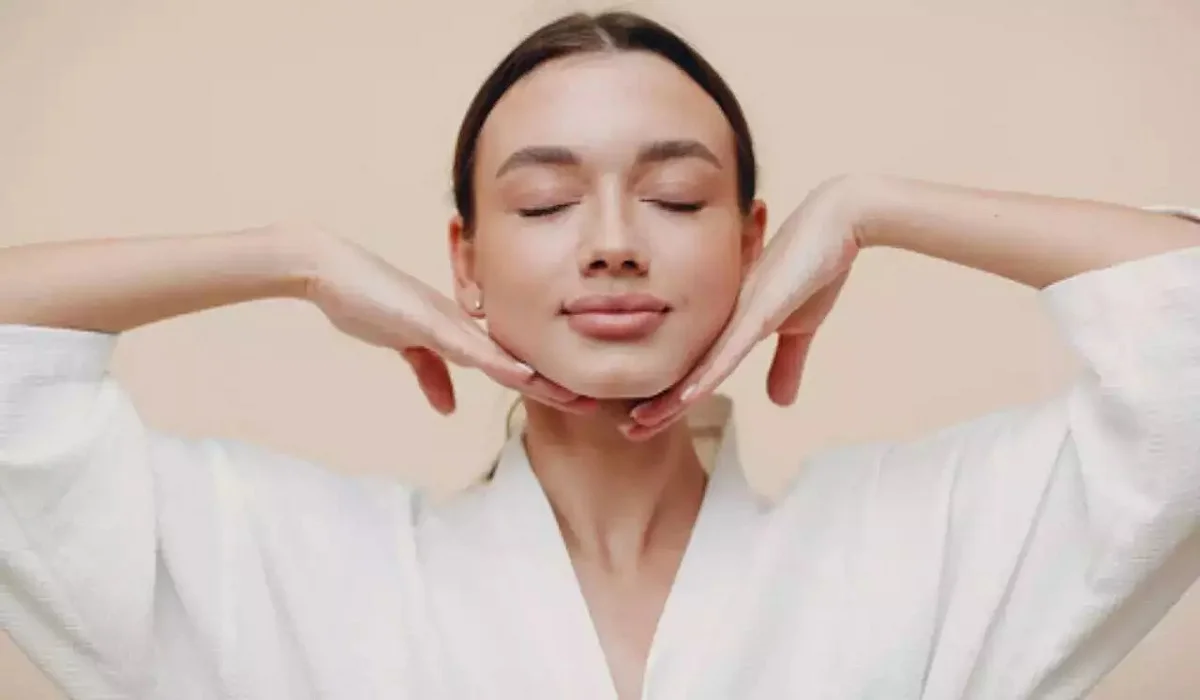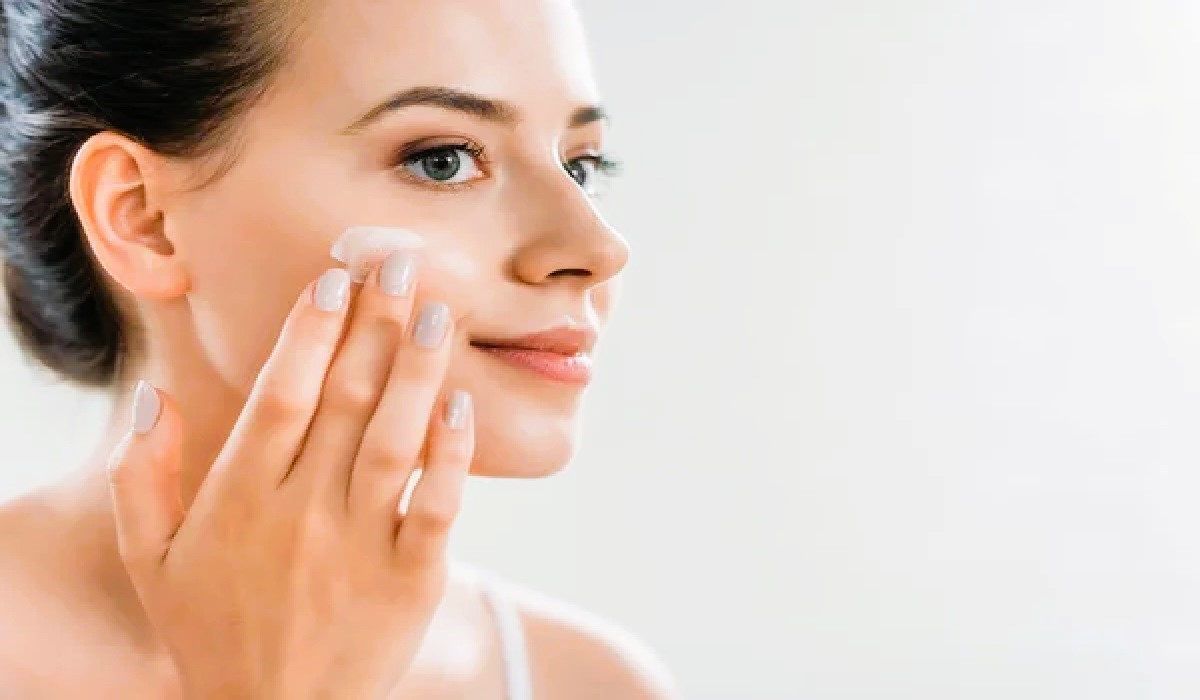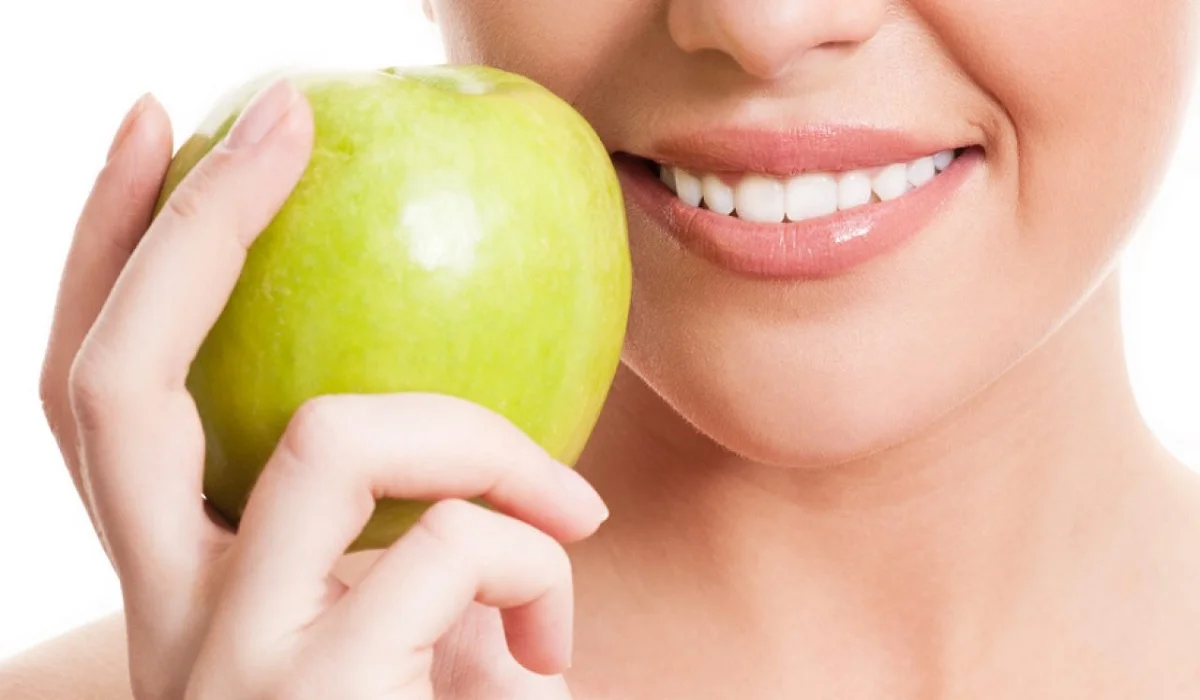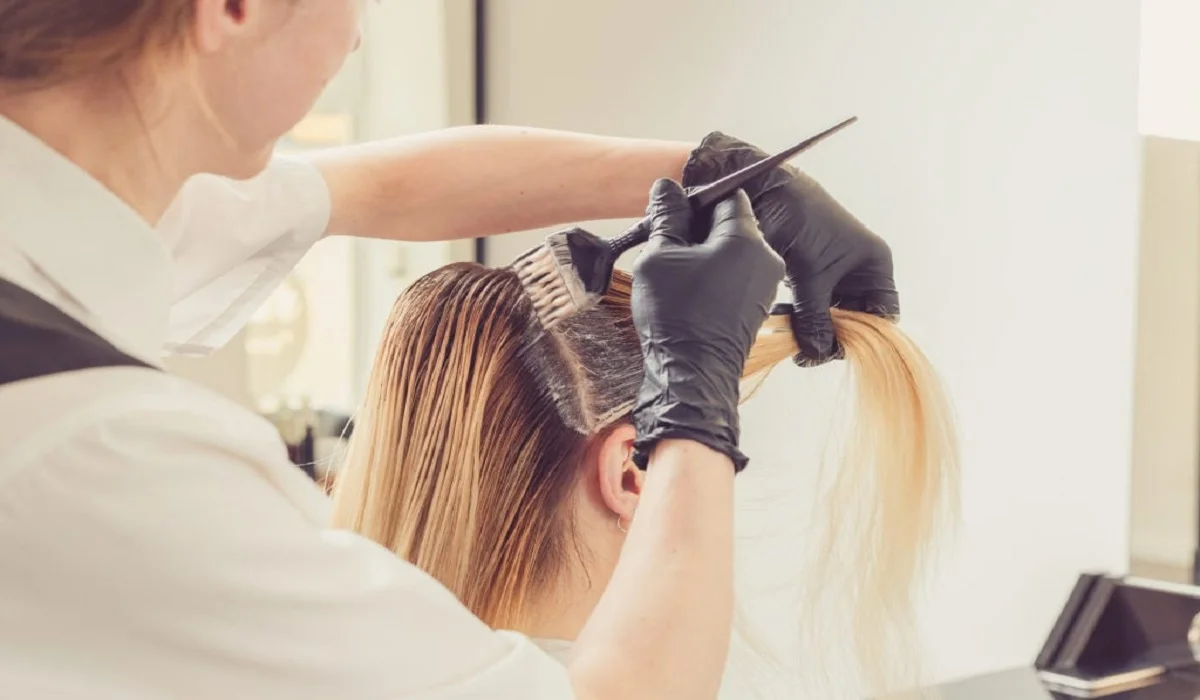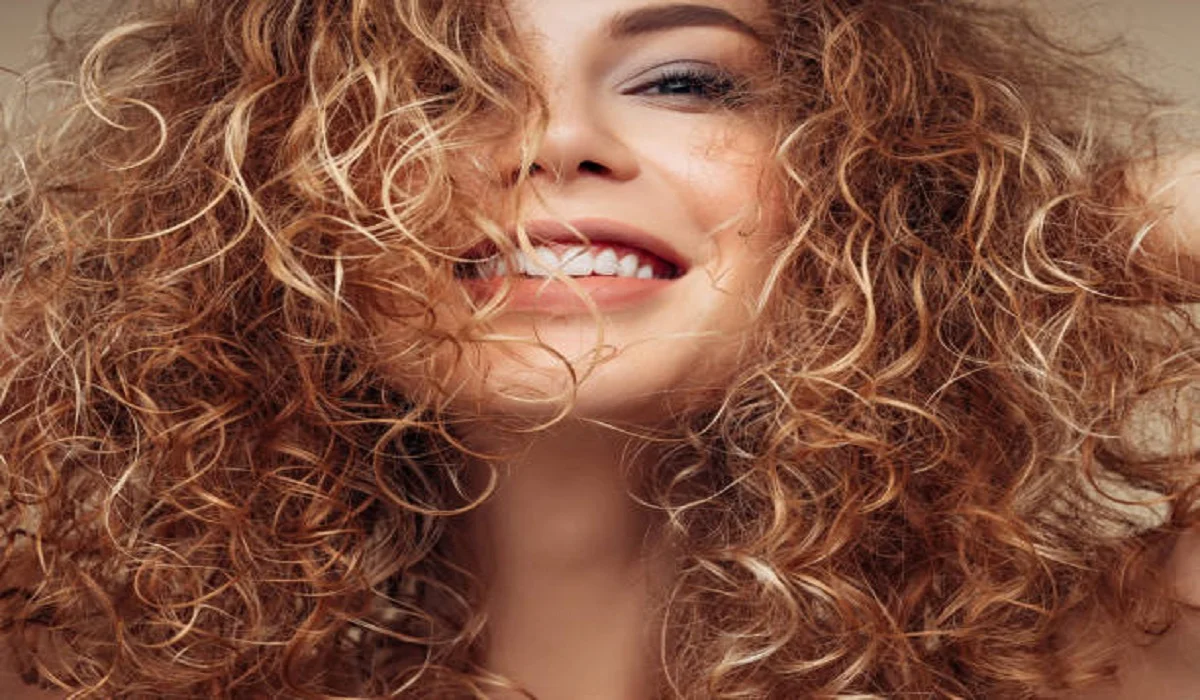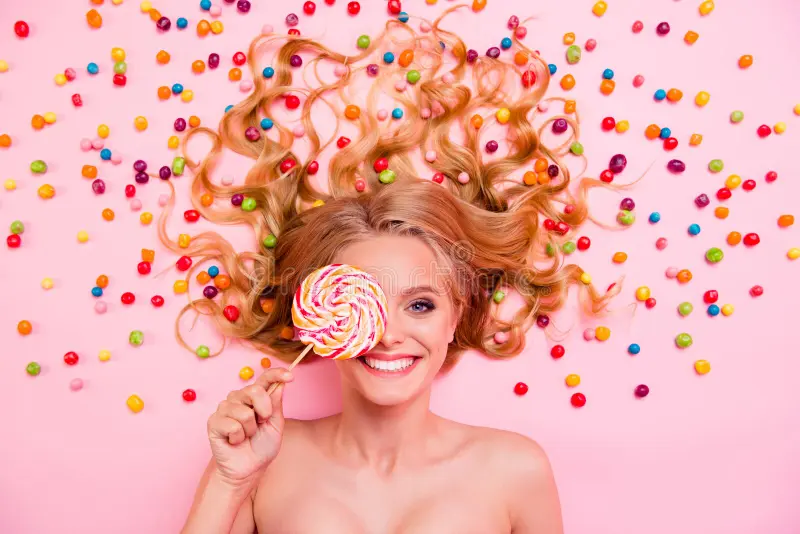Eyebrows are a pivotal feature of your face, capable of altering your appearance by enhancing your facial symmetry and expressions. A well-defined brow can lift the face, highlight your eyes, and convey a polished look. This guide is dedicated to beginners looking to navigate the art of eyebrow filling, offering step-by-step instructions, tips, and product recommendations to achieve beautiful, natural-looking brows.
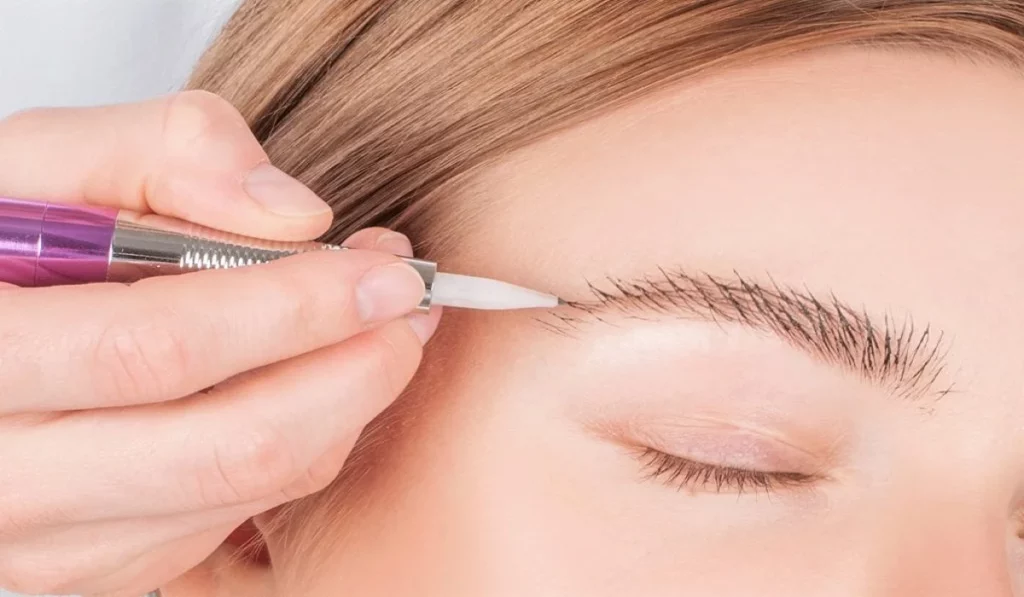
Understanding Eyebrow Shapes
Every face comes with its unique eyebrow shape, which can dramatically influence your overall look. Identifying your natural eyebrow shape is the first step in the filling process. Whether arched, straight, rounded, or S-shaped, understanding your eyebrow’s natural line will guide you in enhancing them without altering their inherent beauty.
Tools and Products for Eyebrow Filling
Choosing the right tools and products is essential for achieving desired results. Eyebrow pencils are perfect for creating hair-like strokes, while powders offer a softer, more natural fill. Gels provide shape and hold, and pomades offer definition and drama. A spoolie brush and an angled brush are also crucial for shaping and blending.
Finding the Right Color
Selecting an eyebrow color that complements your hair and skin tone is crucial. The general rule is to go one or two shades lighter than your hair color for darker hair and one or two shades darker for lighter hair. This balance ensures your brows look natural and not overpowering.
Preparation for Eyebrow Filling
Before filling your eyebrows, ensure they are clean, groomed, and mapped out. Eyebrow mapping involves marking the start, arch, and end points of your brows to maintain symmetry. Proper grooming and mapping set the foundation for flawless eyebrow filling.
Step-by-Step Guide to Filling Eyebrows
- Pencil: Start with light, hair-like strokes to fill sparse areas. Pencils offer precision, making them ideal for beginners.
- Powder: Use an angled brush to apply powder, perfect for adding volume and filling larger gaps.
- Gel: Sweep gel through your brows for shape and hold, ideal for keeping unruly hairs in place.
- Pomade: Apply pomade with an angled brush for defined, dramatic brows. Use sparingly to avoid a heavy look.
Refining and Setting Your Look
After filling, use a spoolie to blend the product into your natural brows, creating a seamless transition. Setting spray or clear eyebrow gel can then be applied to ensure your brows stay perfect throughout the day.

Common Eyebrow Filling Mistakes and How to Avoid Them
Common mistakes include overfilling, creating harsh lines, and choosing the wrong color or shape. To avoid these, use a light hand, blend thoroughly, and select products that match your natural eyebrow color and shape.
Maintenance Tips for Beautiful Eyebrows
Regular grooming and touch-ups will keep your eyebrows looking their best. Trimming long hairs and plucking stray hairs maintain the shape and cleanliness of your brows. For major changes or uncertainty about your brow shape, consulting a professional can be beneficial.
Advanced Tips for Perfect Eyebrows
For thicker-looking brows, focus on filling the arch and tail end more than the inner corners. Experiment with different shapes and thicknesses to see what enhances your facial features the best. Practice makes perfect, and with time, filling your eyebrows will become a quick and effortless part of your beauty routine.
Filling your eyebrows is a skill that enhances your facial features and complements your overall makeup look. With practice, the right tools, and an understanding of techniques and products, anyone can master the art of eyebrow filling. Don’t be afraid to experiment and find what works best for you. Remember, the goal is to enhance your natural beauty, not overshadow it.
- Can I fill my eyebrows if I have very sparse brows? Absolutely. With the right tools and techniques, you can create the illusion of fuller brows. A combination of pencil and powder works well for adding both definition and volume.
- How do I know if I’m overfilling my eyebrows? If your brows begin to dominate your facial features or look unnaturally dark or thick, you may be overfilling them. Aim for balance and subtlety.
- What’s the best way to ensure my eyebrow color matches my hair? Test different shades on your eyebrows in natural light and consult with a beauty professional if unsure. It’s often best to choose a shade that complements rather than exactly matches your hair color.

